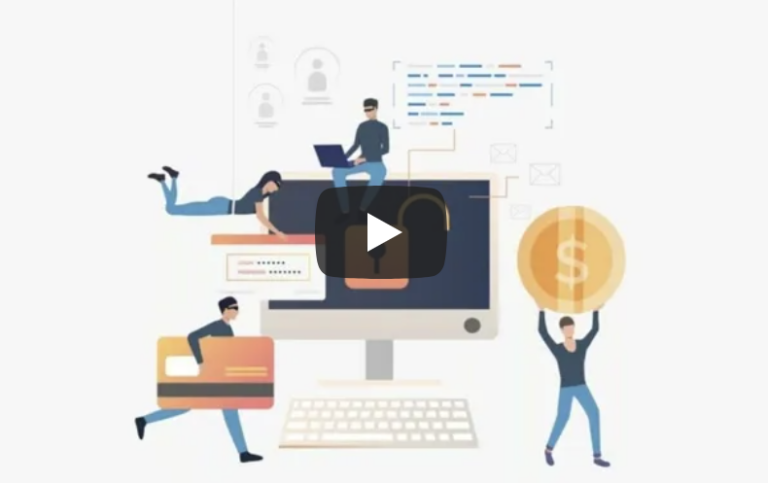SurfWisely Synopsis
Why does this matter to me?
Parents — Keeping kids safe online can feel like a full-time job. It can be difficult to know where to start, which is why we’ve put together a list to help you out. Teach your kids about scam emails and pop-ups, keeping their personal information private, using strong passwords, understanding internet permanence, and the fact that they can come to you anytime questions arise. For more detailed internet safety tips and tricks, dive into the post below.
Principals and School Administrators — Online safety brings a whole new realm to keeping kids protected on school grounds. How can you possibly overcome such a significant feat? Starting small can help, so we’ve put together a list of the first skills to teach in the post below. Our gamified, easy-to-use software can help you solve the problem, too.
Tech Teachers — You know all about cybersecurity and internet safety, but do you have time to include every piece of these important topics in your educational technology lesson plans? If not, SurfWisely may be the perfect solution. Jump down to the bottom of this post or reach out to our team today to learn more.
Simple Internet Safety Skills to Teach Your Students
Whether it’s distance learning, apps, or social media interaction, our kids are spending time in the digital world more than ever before. And unfortunately, with this increase in internet usage comes heightened safety concerns.
We know it’s our job to keep our kids safe, even when the task seems larger than we can accomplish on our own. So let’s dive into a few simple skills that are easy to teach, but still leave a lasting impact on cyber safety understanding:
- Spotting Malware Ads and Emails — One of the easiest ways to get in trouble (or run into technology problems) on the internet is by accidentally allowing malware to enter your device. Malware can include pop-up advertisements on websites — typically with unlikely claims (you’ve won a million dollars, for example). It can also come in messages that ask you to click on a link or insert phishing information. Encourage students to never open a message from a sender they do not know, and share that the links in these conversations may not be safe. Have students come to you if an advertisement doesn’t seem right, as you’ll be able to help them spot the differences between safe ads and malware popups.
- Keeping Personal Information Private — Most students already know that they shouldn’t share information online due to identity theft. To instill the practice further, you may need to look into more age-appropriate concerns. Bring up the consequences of sharing full names, addresses, phone numbers, and schools attended on unfamiliar sites or to people they do not know face-to-face online. This article on college admission halts due to social media activity is a great place to start.
- Password Protection — Some students may not think a solid password is important, while others may think the simplest versions are the best ones to choose. Encourage long passwords without personal information such as names, family members, pets, or birth dates. Teach students about the importance of using a mixture of capital and lowercase letters, numbers, and special characters. Remind them to use different passwords for different sites. Maybe even have a fun activity once or twice a year where everyone changes passwords to encourage optimal usage time frames as well!
- Understanding Internet Permanence — “Everything you post on the internet stays there forever.” They’ve probably heard this before, but do they understand? Bring up examples of silly jokes from high school ruining job opportunities years down the line, and other similar challenges that come with digital footprints. Kids learn best from real-life lessons, and internet safety education is no different.
- Asking Questions — Remind kids that internet dangers aren’t something to be embarrassed about. Encourage sharing of questions and concerns — maybe even bring up some mishaps you’ve experienced personally to show kids that getting help from a trusted adult is no big deal. This can be helpful in preventing the dangers shared above as well as other worries such as cyberbullying and inappropriate content.
An Easy-to-Implement Platform to Help
Though the tips above can help, internet safety is a heavy topic with a lot of moving pieces to cover. If you’re looking for a simple way to share internet information with your students, reach out to the team at SurfWisely today. We offer engaging and all-inclusive internet safety software for school use. We teach through gamified, sports-based lessons that are fun for kids, and our program integrates into your school system for easy use on your end, too.
Let’s work together to keep our elementary school, middle school, and high school students safe online — one engaging and effective lesson at a time.



